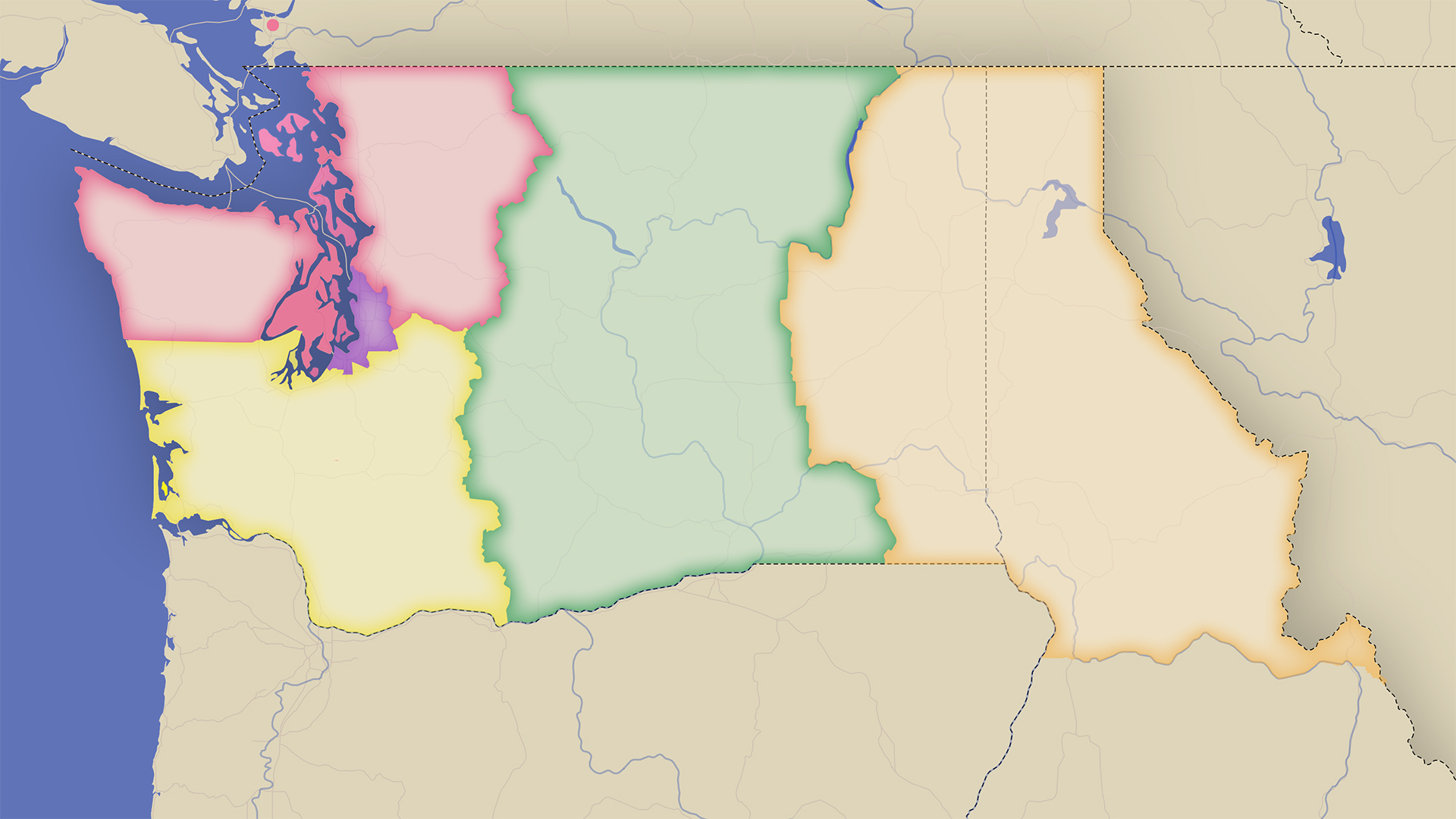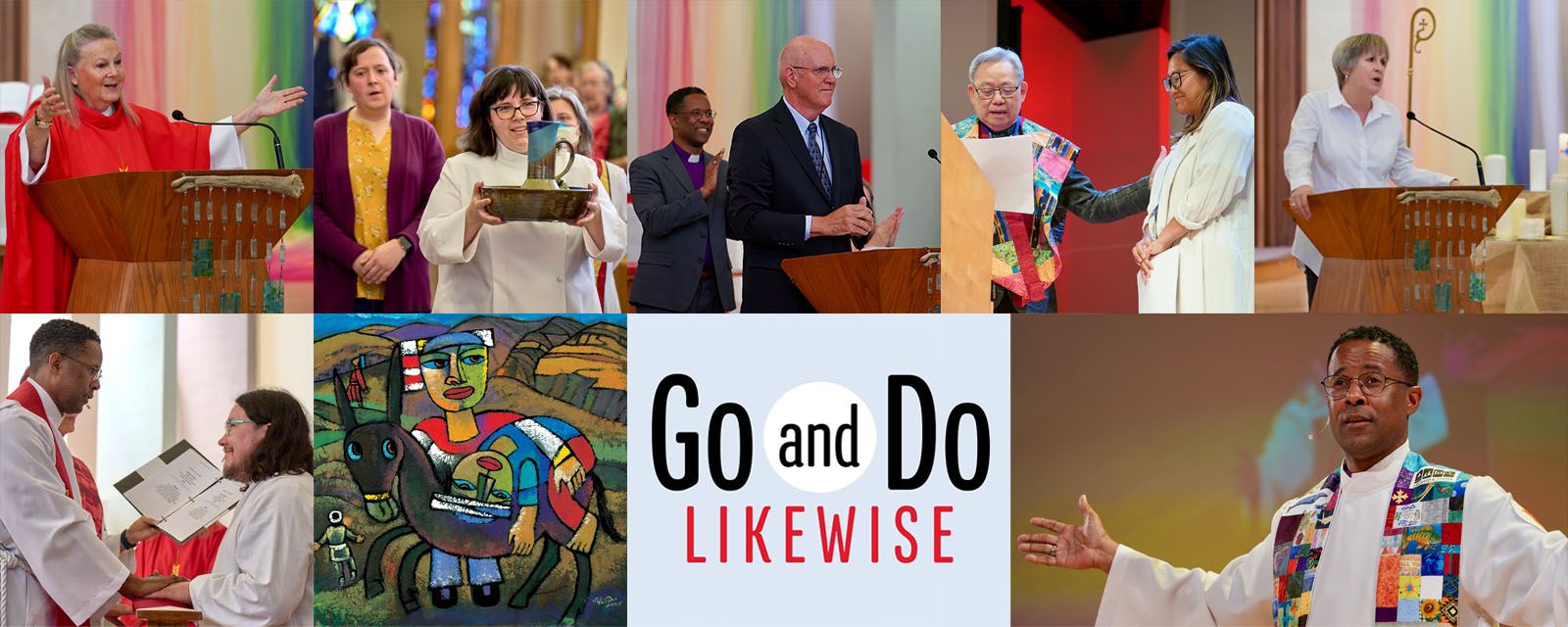Lay Members Resource Page (en español)
What is an “Annual Conference”?
When you hear the term “annual conference,” it could be referring to any one of three things. The annual conference is a regional body, an organizational unit AND a yearly meeting.
Our regional body is called the Pacific Northwest (PNW) Annual Conference and encompasses 250+ churches and new faith communities in the state of Washington, the Northern Panhandle of Idaho, and the greater Vancouver area of British Columbia.
Each year an equal number of lay members and clergy members attend the “annual conference session.” At this meeting, we discuss and decide on matters affecting our life together as United Methodists in our region. We are a connectional people, and this meeting is a major opportunity for us to gather, make decisions, and equip one another for ministry.

We are part of the Greater Northwest Episcopal Area encompassing the Alaska, Oregon-Idaho and Pacific Northwest Conferences under the leadership of the same bishop. As a result, we share some of the events at the yearly annual conference session region-wide. For example, in 2022, we will have an opening session and a closing session together.
What happens at the Annual Conference Session?
At the annual conference session we:
- Creatively worship and pray together.
- Joyfully witness and celebrate the life of clergy and churches through the commissioning and ordination of new pastors and celebrate their retirement.
- Remember clergy and beloved laity who died in the last year, and churches closed since we last gathered.
- Hear reports from PNW boards and agencies on the work they have been doing in the past year.
- Clergy and laity participate in separate sessions related to their unique work.
- At clergy session, recommendations are made regarding candidates for provisional status and ordination and reports are received on the general life of clergy in the conference.
- Laity session offers an opportunity to learn more about what laity have been doing in their local churches throughout the year.
- Discuss, debate, and vote on resolutions submitted to the PNW Annual Conference.
What is the role of the lay member to the Annual Conference Session?
In broad strokes, your role as a member is to prepare, attend, participate, and share with your local congregation the work of the PNW Annual Conference. Your role is to interpret the vision, mission, and programs of the annual conference and General Church to your local faith community. Your local church may have sent you, but you function as a member of the PNW Annual Conference, entitled to vote as your faith and conscience move you.
If you would like to do a “deep dive” on the role of the lay member, Discipleship Ministries has this helpful resource page.
An effective lay member of annual conference informs the congregation about The United Methodist Church in the conference and around the world. This person attends annual conference sessions as a member from the congregation and interprets the actions to the congregation.
Before the Annual Conference Session
Leading up to the annual conference session, you will receive the Pre-Conference Handbook, including committee reports, petitions, and other important information. Review this information and reach out to your pastor with any questions. You can also attend any district or conference level training, orientations, etc., that are offered. We encourage you to familiarize yourself with our Conference Rules and Roberts Rules of Order (tip sheet on using motions).
During the Annual Conference Session
We use Robert’s Rules of Order and our conference rules to guide our annual conference sessions’ work. Please review the links provided above to learn more about Robert’s Rules of Order and our conference rules.
Focus sessions are where petitions have their first reading, and each makes voting recommendations to the larger body. There are five focus sessions in our PNW Annual Conference: Leadership Development, Congregational Development, Connecting for Mission – Domestic, Connection for Mission – International, and Administrative Support.
After the focus sessions meet, petitions are presented to the whole body for consideration with a recommendation from the focus session. Petitions with over 90% of support from the focus session arrive on a consent calendar. One vote is taken on the consent calendar.
The full body discusses petitions with less than 90% approval as individual actions.


What is a petition?
Petitions are the way for the annual conference to speak on specific topics as one voice. These may include changing conference rules, speaking towards social issues locally and globally, making recommendations to local churches, or other administrative items such as budgetary items.
Want to see a sample? Click here to view the legislation submitted for consideration by the 2023 PNW Annual Conference.
What to do after an Annual Conference?
After the annual conference session has concluded, lay members are encouraged to discuss the best way to share with the congregation the work accomplished with the pastor of their local church. Examples of reports from local churches include:
- A brief presentation during or immediately following the worship service weeks after the annual conference session.
- A written or video report to be shared in your church’s newsletter or other communication methods (website, social media, etc.).
- Conference communications staff often provides media (videos, pictures, summaries) that you can use to assist in your reporting back. Click here or on the image below to review the 2023 report.
This page was initiated by former PNW Associate Conference Lay Leader Angelina Goldwell and produced in collaboration with Rev. Shane Moore, Rev. David Valera, and Patrick Scriven.
